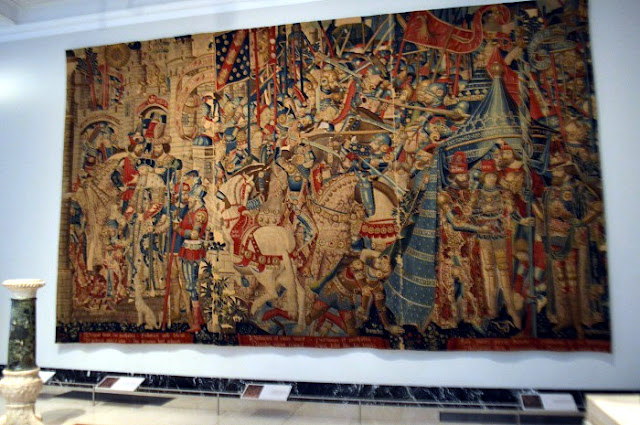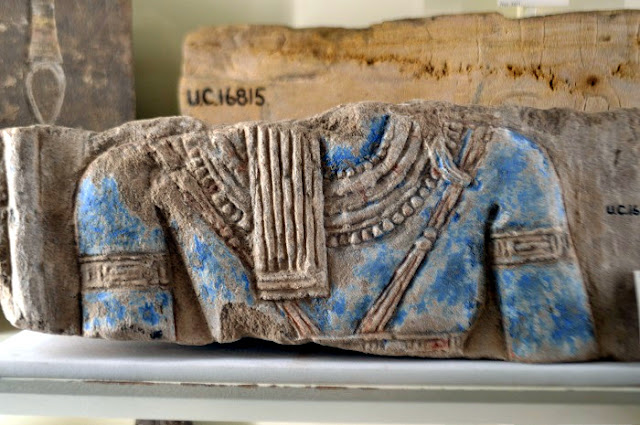Belt Buckle with beaked snakes

< Table of Contents This belt buckle is made of forged iron and inlaid with silver and either brass or gold. It dates to the period from 600 to 700 AD and may have been made in France, but there appears to be no record of exactly where it was discovered and how. All the V&A’s website can say is that it ‘may well have been found in a grave, buried with its owner’. The decoration is in the form of a series of what I would describe as intertwined serpentine forms. However, the V&A go with ‘fabulous beaked snakes’, a term that is both hilarious and somewhat terrifying. It also reminded me of an actual beaked snake, the rufous beaked snake ( Rhamphiophis oxyrhynchus ) . It is named for its hooked snout, which it uses to dig burrows. In my head, I’ve always associated the snake with the city of Oxyrhynchus , in Middle Egypt, itself famed for the great stash of ancient papyri discovered there by Grenfell and Hunt. In my head, I’d presumed that the snake was in some...



